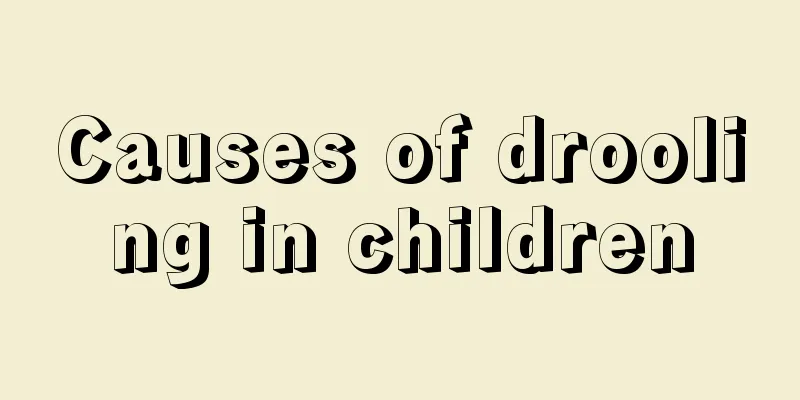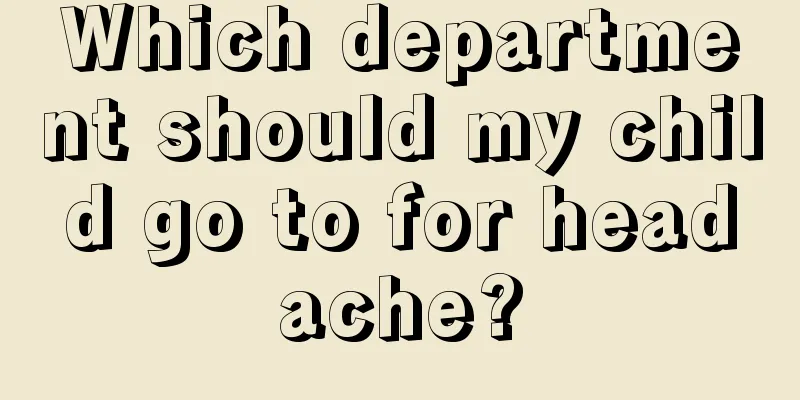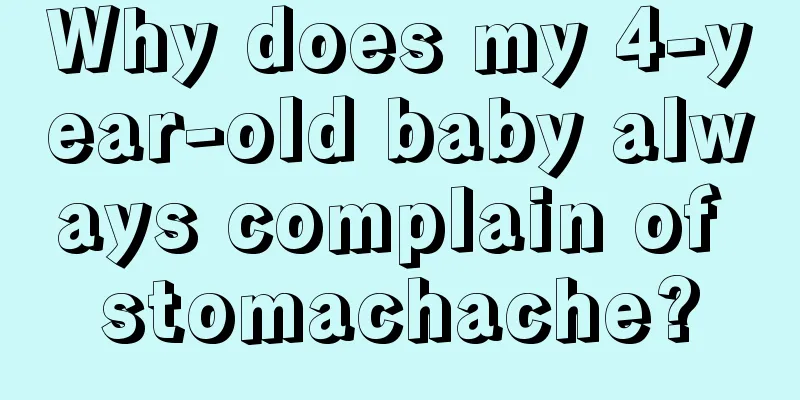Causes of drooling in children

|
When we see a cute baby, we can't help but go forward and hug the baby. We feel that the chubby and round appearance melts our hearts at once. However, we find a problem. Children will drool constantly. This is why children often wear a bib. So what kind of harm will drooling have on children? Let's take a look today. Drooling in children is more common in infants around 1 year old, often occurring before or after weaning. It is a disease characterized by excessive drooling. Drooling is common between 6 months and 3 years old and is mostly normal. Generally speaking, infants and young children under one year old will drool because of their small oral cavity volume, large saliva secretion, and the stimulation of gums caused by teething. As the baby grows and develops, the drooling phenomenon will gradually disappear around the age of 1. If your baby is still drooling after the age of 2, it may be an abnormal phenomenon, such as cerebral palsy, congenital dementia, etc. When suffering from oral mucosal inflammation and neurological diseases such as nerve paralysis, medullary paralysis, sequelae of encephalitis, etc., it is a pathological phenomenon caused by excessive saliva secretion or swallowing disorder. Because the baby's mouth is shallow and cannot control the saliva in the mouth, the salivary glands are not well developed in the neonatal period. After the fifth month, saliva secretion increases. At six months, the teeth erupt and the mechanical stimulation of the trigeminal nerve in the gums increases saliva secretion, resulting in a little more drooling. These are all physiological phenomena and should not be regarded as pathological. Infants' salivation cells are not yet developed after birth. Therefore, saliva secretion is very little. By 3-4 months, saliva secretion gradually increases, and by 5-6 months, children begin to teethe, and the eruption of teeth stimulates the trigeminal nerve. As a result, the amount of saliva in children increases. But at this time the child's mouth is shallow and he cannot swallow the excess saliva, so it flows out. If a child drools too much, be sure to wipe him/her dry with a clean soft towel at any time. And apply Vaseline. Overalls or "bibs" should be washed and changed frequently. Eczema-like lesions at the corners of the mouth can be applied with calamine lotion, eczema cream, zinc oxide ointment, etc. Based on the above statements, we know that drooling in children is a normal phenomenon and it will disappear at a certain age. We all know that a mother's wish is for her baby to grow up healthily, so mothers should not worry too much. If the baby's nutritional needs are met, this problem will not occur. Babies should also be allowed to drink more water. |
<<: Introduction to children's leg clamp syndrome
>>: Diet for teenagers to grow taller
Recommend
What to do if your one-year-old baby has indigestion
We all know that the baby's growth has a grea...
At what age can children eat protein powder
Protein is an important component of the body and...
1. The area around the child's anus is red, painful and itchy
If a baby is born in each season, there are pros ...
What are the dietary treatments for tracheitis in children?
Normally, once tracheitis occurs in a child, the ...
Things to pay attention to when sending your 2-year-old baby to daycare
The pace of social development is getting faster ...
What is going on with a three and a half year old baby wetting the bed?
It is a common symptom for babies to wet the bed ...
When is the best time for children to brush their teeth?
Teeth indicate a person's health, but many ch...
How to deal with children who are always allergic
Your body's resistance is not as strong as th...
Acupuncture methods for children with facial paralysis
We all know that children's immunity is very ...
How to quickly treat children’s oral ulcers?
Oral ulcers are a common oral disease and many fa...
Why does a child have a fever without any cold symptoms?
The main reason why many children have fever symp...
100-day-old baby sleep time
A 100-day-old baby is exactly three months old, a...
Causes and treatment of cerebral atrophy in children
Regarding the medical issue of brain atrophy, it ...
Baby has a fever and his lips turn purple
It is very common for babies to have a fever. Man...
What should I do if a child with nephrotic syndrome catches a cold?
For people with kidney disease, it is still neces...









